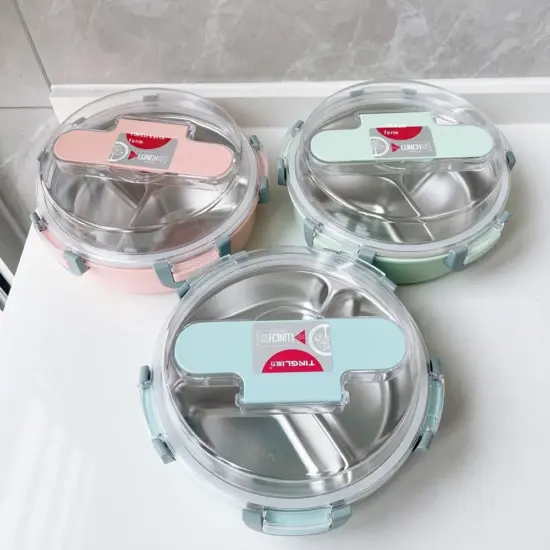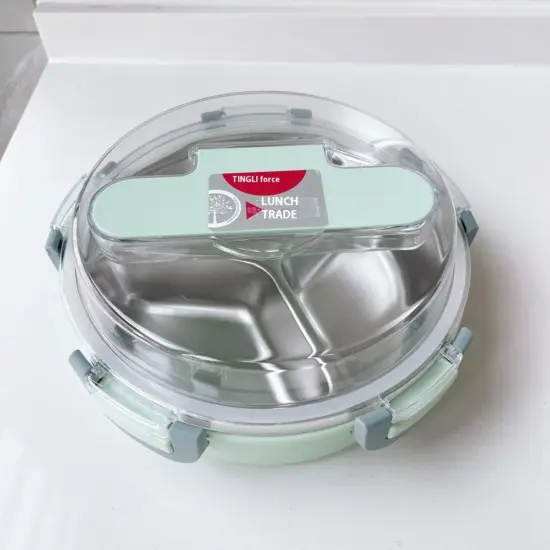jay@nbdho.com
Outdoor & Travel Market Strategies: Durability, Portability & Storage Needs
Article Content
Introduction
The outdoor and travel market is highly competitive, with consumers seeking products that are not only functional but also durable, portable, and easy to store. Understanding the key priorities of travelers and outdoor enthusiasts is essential for developing products that meet real-world needs while standing out in the market. 🏕️✈️
1. 🛡️ Durability
-
Material Selection
-
Use high-strength, weather-resistant materials (e.g., stainless steel, reinforced polyester, ABS plastics).
-
Consider abrasion, UV, and moisture resistance for outdoor use.
-
-
Design for Tough Conditions
-
Reinforce seams, handles, and stress points.
-
Test against drops, vibration, and extreme temperatures.
-
-
Longevity Marketing
-
Highlight durability in product descriptions to justify premium pricing.
-
Offer warranties or guarantees to build consumer trust.
-
2. 🎒 Portability
-
Weight Considerations
-
Use lightweight materials to reduce carrying fatigue.
-
Balance weight with durability for long-term use.
-
-
Compact & Collapsible Designs
-
Products that fold, roll, or nest save space and improve convenience.
-
Modular designs allow consumers to pack only what they need.
-
-
Comfort & Ergonomics
-
Include adjustable straps, handles, or wheels.
-
Focus on ease of transport for both short trips and extended travel.
-
3. 📦 Storage Needs
-
Stackable & Nestable Components
-
Design storage-friendly shapes for both retail and end-user convenience.
-
Encourage space optimization in homes, vehicles, or backpacks.
-
-
Integrated Storage Solutions
-
Include compartments, pouches, or detachable storage elements.
-
Ensure accessibility and organization during use.
-
-
Packaging Optimization
-
Use protective, lightweight packaging suitable for shipping and retail display.
-
Highlight compact storage as a selling point.
-
4. 🏷️ Market Strategies
-
Targeted Segmentation
-
Focus on campers, hikers, travelers, and adventure sports enthusiasts.
-
Adapt messaging based on lifestyle, trip duration, and terrain.
-
-
Brand Positioning
-
Highlight durability, portability, and storage as core differentiators.
-
Use imagery showing real-world usage scenarios.
-
-
Customer Education
-
Provide care instructions to maximize product lifespan.
-
Include packing guides and storage tips for travel efficiency.
-
-
Cross-Selling & Bundles
-
Offer complementary items like travel accessories, protective cases, or modular add-ons.
-
Encourage customers to purchase full kits for convenience.
-
Best Practices
-
🌟 Field Testing: Conduct real-world testing in various environments to validate durability and usability.
-
🖼️ Visual Marketing: Show products in action through lifestyle photography and video content.
-
🔄 Feedback Loops: Collect consumer reviews to guide iterative improvements.
-
💼 Retail & Wholesale Adaptation: Tailor packaging, bundles, and messaging for both channels.
Conclusion
Success in the outdoor and travel market hinges on designing products that combine durability, portability, and smart storage solutions. By understanding consumer needs and aligning product development with these priorities, brands can improve customer satisfaction, stand out from competitors, and achieve sustainable growth. 🌄🧳


